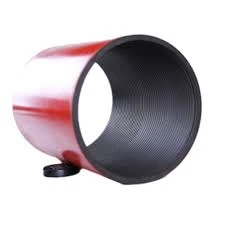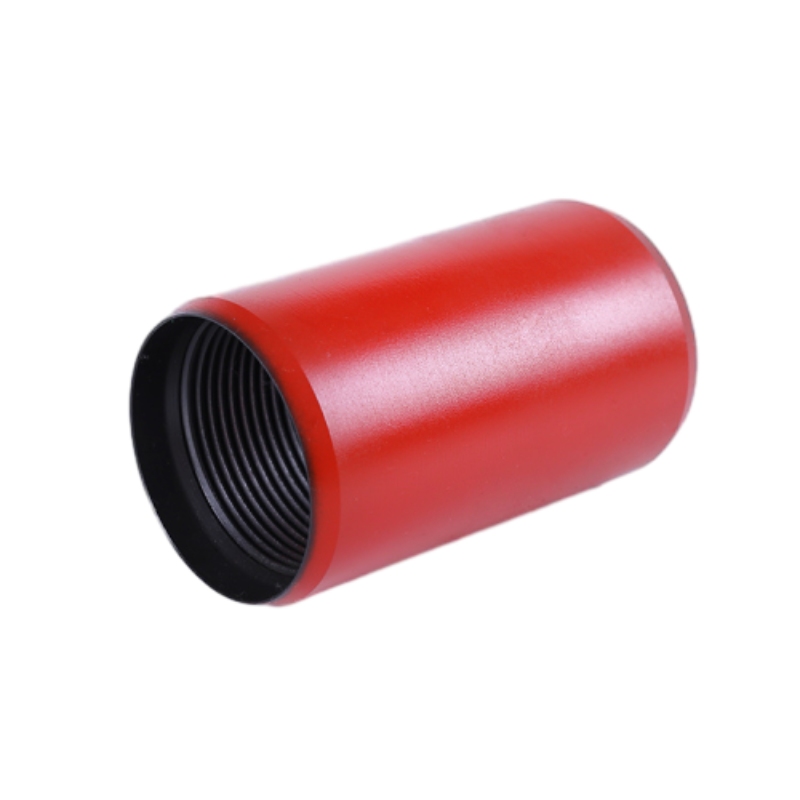- Afrikaans
- Albanian
- Amharic
- Arabic
- Armenian
- Azerbaijani
- Basque
- Belarusian
- Bengali
- Bosnian
- Bulgarian
- Catalan
- Cebuano
- Corsican
- Croatian
- Czech
- Danish
- Dutch
- English
- Esperanto
- Estonian
- Finnish
- French
- Frisian
- Galician
- Georgian
- German
- Greek
- Gujarati
- Haitian Creole
- hausa
- hawaiian
- Hebrew
- Hindi
- Miao
- Hungarian
- Icelandic
- igbo
- Indonesian
- irish
- Italian
- Japanese
- Javanese
- Kannada
- kazakh
- Khmer
- Rwandese
- Korean
- Kurdish
- Kyrgyz
- Lao
- Latin
- Latvian
- Lithuanian
- Luxembourgish
- Macedonian
- Malgashi
- Malay
- Malayalam
- Maltese
- Maori
- Marathi
- Mongolian
- Myanmar
- Nepali
- Norwegian
- Norwegian
- Occitan
- Pashto
- Persian
- Polish
- Portuguese
- Punjabi
- Romanian
- Russian
- Samoan
- Scottish Gaelic
- Serbian
- Sesotho
- Shona
- Sindhi
- Sinhala
- Slovak
- Slovenian
- Somali
- Spanish
- Sundanese
- Swahili
- Swedish
- Tagalog
- Tajik
- Tamil
- Tatar
- Telugu
- Thai
- Turkish
- Turkmen
- Ukrainian
- Urdu
- Uighur
- Uzbek
- Vietnamese
- Welsh
- Bantu
- Yiddish
- Yoruba
- Zulu
stainless steel reducer coupling
Understanding Stainless Steel Reducer Couplings Essential Components for Fluid Systems
In a world where efficiency and durability are paramount across various industries, stainless steel reducer couplings have emerged as essential components in fluid conveyance systems. These fittings play a pivotal role in connecting pipes of different diameters, enabling seamless and efficient flow in plumbing, chemical processing, and various other applications. This article will delve into the characteristics, advantages, applications, and maintenance of stainless steel reducer couplings, highlighting their significance in modern engineering.
What is a Stainless Steel Reducer Coupling?
A stainless steel reducer coupling is a fitting designed to connect two pipes with different diameters. It features a wider end that accommodates the larger pipe and a narrower end for the smaller pipe. This transition not only helps in optimizing flow dynamics but also ensures that the connection remains leak-free and robust under various pressure conditions.
Stainless steel, known for its corrosion resistance, strength, and aesthetic appeal, is an ideal material for these couplings. Its ability to withstand harsh environments makes it suitable for various applications, including those in the food processing industry, chemical manufacturing, and marine environments.
Advantages of Stainless Steel Reducer Couplings
1. Corrosion Resistance One of the most significant advantages of stainless steel is its resistance to rust and corrosion. This property is particularly crucial in environments where chemical exposure is prevalent. Stainless steel reducer couplings maintain their integrity over time, reducing the risk of leaks and failures.
2. High Strength and Durability Stainless steel has a high tensile strength, allowing reducer couplings to withstand considerable pressure without deforming. This durability ensures long-term reliability, making it a cost-effective investment for many projects.
3. Versatility Reducer couplings come in a variety of sizes, shapes, and configurations, making them suitable for diverse applications. Whether in residential plumbing or large-scale industrial systems, these couplings can accommodate various pipe sizes and materials.
4. Ease of Installation Stainless steel reducer couplings are designed for ease of use. Their threaded or welded ends allow for quick and secure connections, reducing installation time and labor costs.
5. Hygienic Properties In industries such as food and beverage, pharmaceuticals, and healthcare, hygiene is paramount. Stainless steel’s non-porous surface makes it easy to clean and sanitize, minimizing the risk of contamination.
stainless steel reducer coupling

Applications of Stainless Steel Reducer Couplings
The versatility of stainless steel reducer couplings leads to their widespread use in multiple industries. Some common applications include
- Plumbing Systems In residential and commercial plumbing, these couplings help connect different pipe sizes, ensuring an efficient flow of water and waste management.
- Chemical Processing Equipment used in chemical production often requires connections between pipes of varying sizes. Stainless steel reducer couplings withstand harsh chemicals, making them ideal for this application.
- Oil and Gas Industry In oil and gas operations, the durability and resistance of stainless steel couplings to high pressures and chemical exposures are vital for maintaining operational safety.
- Food and Beverage Industry Stainless steel reducer couplings are widely used in food processing plants due to their hygienic properties and ability to withstand rigorous cleaning processes.
Maintenance of Stainless Steel Reducer Couplings
Maintaining stainless steel reducer couplings is relatively straightforward. Regular inspections should be conducted to ensure tightness and integrity, and any signs of wear or corrosion should be addressed promptly. Using appropriate cleaning agents that do not harm stainless steel will help maintain the couplings' surface finish and prevent contamination, especially in industries that prioritize hygiene.
Conclusion
In summary, stainless steel reducer couplings are crucial components in fluid systems across various industries. Their corrosion resistance, durability, versatility, and ease of installation make them an invaluable choice for engineers and designers alike. As industries continue to evolve, the demand for reliable and efficient connectivity in fluid systems will only increase, solidifying the role of stainless steel reducer couplings in ensuring operational excellence. Understanding their functionality and proper maintenance can significantly contribute to the longevity and efficiency of any fluid conveyance system.
-
Well Casing Extension Couplings – Applications and InstallationNewsJun.06,2025
-
Types of Crossover Subs in Drilling & CompletionNewsJun.06,2025
-
Key Features of High-Quality Tubing Pup JointsNewsJun.06,2025
-
Installation and Maintenance Tips for Steel Couplings for PipeNewsJun.06,2025
-
How to Select the Right Pup Joint for Oil & Gas OperationsNewsJun.06,2025
-
Applications of Stainless Steel Pipe CouplingsNewsJun.06,2025







